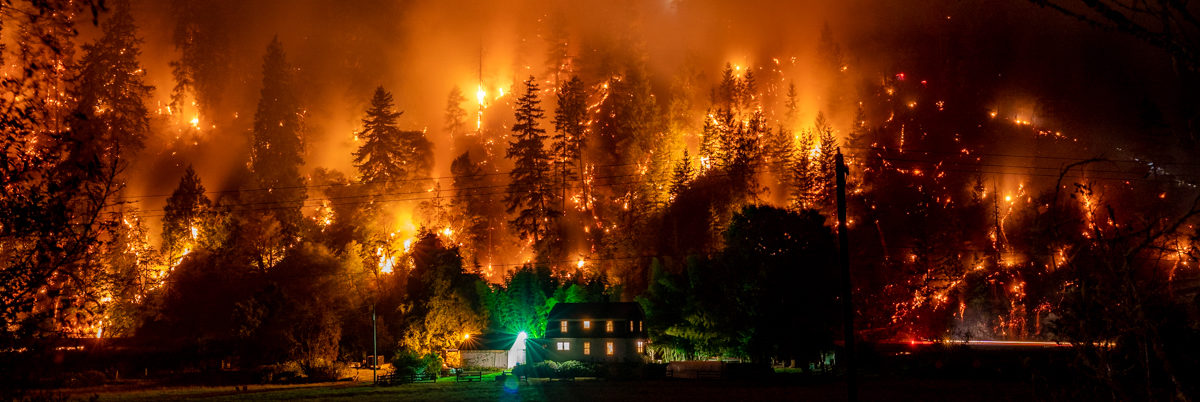
Home
Mass Timber Rising
Sustainable Forests
Tall Wood – Low Carbon
Fuels to Frame
About
Stable and Growing Carbon Pools
Rules and Regs
Threats to Forests – Deforestation
The rise of mass timber construction as a potential climate mitigation strategy places greater emphasis on the role and health of forests. At a basic level, it prompts questions. If forests are so valuable for carbon, then why harvest them? Could that lead to negative outcomes, such as deforestation? In fact, the opposite is true. Increased demand for wood products provides incentives for private landowners and a revenue stream which helps to keep forests as forests.
The International Panel on Climate Change (IPCC) is the world’s most respected body on climate change.
They note, “rather than leading to wide-scale loss of forestlands, growing markets for tree products can provide incentives for maintaining or increasing forest carbon stocks and land cover, and improving forest health through management.”1
Deforestation is a significant issue but not in the United States or Canada. Deforestation (land-use change) occurs when there is higher demand for the land than wood products. It is a real threat in many tropical forested areas. According to the World Wildlife Fund (WWF) there are 11 “deforestation fronts” around the globe including the Amazon, Congo Basin, and Borneo.2 Note, the U.S. and Canada do not appear on the list.
Urbanization, population growth, and rising incomes all put pressure on forestry and agricultural lands. According to USDA Forest Service, long-term loss in the U.S. forested areas in recent decades has primarily been due to “conversion to urban and developed uses.”3
The Northwest faces similar development pressures as the broader U.S., with the added nuance of sharing a border with California. Both Oregon and Washington have strong land use planning rules that aim to promote compact urban growth and conserve land for forestry and agriculture. Recent data from the Oregon Dept. of Forestry shows that the west side of Oregon lost only .1% of resource land uses from 1984-2018 (wildland forest, mixed forest/agriculture and intensive agriculture) while urban (developed land uses) grew by 1.1% during the same period. Oregon’s east side suffered no loss of resource land but developed land used grew by .9%. This data does not suggest that the forest is no longer there but that the land use class has changed.
A similar but perhaps less stable pattern played out in Washington over the last 30 years. Washington’s west side lost .2% of resource land uses while developed land uses swelled by .8%. Washington’s dry side posted similar numbers–a .1% loss in resource land uses and a corresponding gain of 2.4% in developed land uses.
The stability of the forest resource land base over time is an important indicator of the strength of the region’s forest sector. Private landowners provide over 80 percent of the timber harvested in Oregon. They respond to markets and price signals to determine how much of their land to harvest. Mass timber’s share of lumber demand is currently small but as it grows, and it is expected to grow, the region has a solid sustainable base upon which to build. As the region grows, demand for mass timber could become an important part of a suite of benefits that helps keep forests as forests.
2 World Wildlife Fund (2015, April). Living forests report chapter 5: Saving forests at risk. https://www.worldwildlife.org/publications/living-forests-report-chapter-5-saving-forests-at-risk
3 Oswalt, Smith, Miles and Pugh. (2019, March). Forest Resources of the United States, 2017: A technical document supporting the Forest Service 2020 RPA Assessment. General Technical Report WO-97. https://www.fs.usda.gov/treesearch/pubs/57903.
Stable and Growing Carbon Pools
Rules and Regs
Previous
Next

